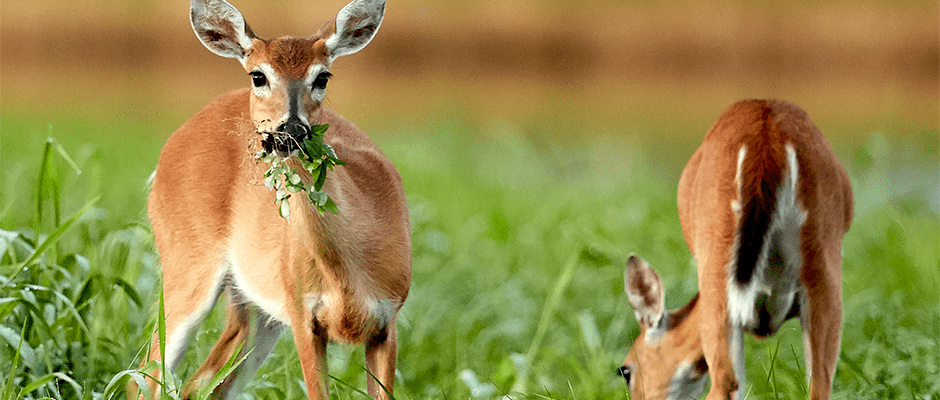Share this article
Captive deer are still wildlife in Missouri
The Missouri Supreme Court has ruled that state conservation officials have the authority to regulate captive cervid herds in order to prevent the spread of chronic wasting disease, which first appeared in the state in 2010 in captive white-tailed deer (Odocoileus virginianus).
The federal Animal and Plant Health Inspection Service has a voluntary herd certification program to help prevent the spread of CWD between states, but the Missouri Conservation Commission and the state Department of Conservation also developed regulations that would have banned out-of-state imports of cervids and imposed more rigorous standards for fencing, record keeping and veterinary checks.
Missouri’s regulations were set to go into effect in January 2015, but some Missouri ranchers claimed the regulations violated their constitutional right to farm and insisted that the state conservation officials did not have the authority to govern captive cervids. The state Supreme Court decision on July 3 overturned a lower court ruling in favor of the ranchers.
“As a wildlife professional, the recent Missouri Supreme Court opinion was very important, said Charles Anderson, President of the Missouri Chapter of The Wildlife Society. “Although the case had captive cervids in the forefront, the court decision has the capability to impact a broader ability to manage many other species in Missouri.”
CWD is a type of transmissible spongiform encephalopathy that causes fatal neurological degeneration. It affects species in the cervid family such as elk, moose and deer. The disease can be transmitted between captive and wild populations through physical contact or environmental contamination.
Captive cervid ranching has sometimes been controversial because of conflicts with the public trust doctrine of the North American Model of Wildlife Conservation in addition to wildlife health concerns. This principle states that wildlife is held in trust by the government for the benefit of current and future generations rather than privately owned.
The Missouri court decision declared that deer and elk are wild by nature and properly classified as game or wildlife, even if they are raised in captivity and seem tame. Justices asserted that since the animals are located within the state, they are “resources of the state” even if they are privately owned.
“This decision reaffirms the Commission’s constitutional responsibility to manage all wildlife,” Anderson said, “whether inside or outside a fence.”
The Association of Fish & Wildlife Agencies released a statement commending the Missouri Supreme Court for the decision.
Learn more about captive cervid management or the CWD management symposia at the 25th annual TWS conference in Cleveland, Ohio.
Header Image: The court ruling determined that white-tailed deer and other cervids are wildlife even if they are raised in captivity. ©Henry








